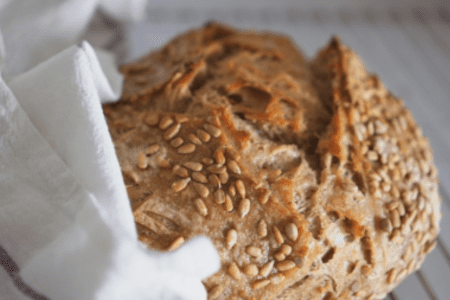The malted wheat market will grow, from US$33.27 billion in 2021 to $35.77 billion in 2022. It’s expected to reach $43.77 billion by 2026, according to a report released by ReportLinker.
The market consists of sales of malted wheat flour by organisations, sole traders and partnerships, referring to flour manufactured from wheat grains that have been processed into flour. Malted wheat flour is used primarily in bread manufacturing, as it’s used in bread to improve the texture of the soft part.
The main types are diastatic malted wheat flour and non-diastatic malted wheat flour. The former refers to a grain that has been sprouted, dried and pounded into a powder.
Diastatic is used by bakers to ensure high rise, excellent texture and a good crust. Western Europe was the largest region as of 2021, but Asia-Pacific is expected to be the fastest growing region between 2022-2026.
An increase in consumer spending on bakery and confectionery products is expected to increase the growth going forward. According to a study conducted by The Consumer in 2020, household spending on confectionery, baked goods and baking supplies was 9% higher compared with figures taken from 2019.
Product development with new formulations is a key trend, as major companies operating in the market are introducing new formulations and ingredient combinations such as dextrose, barley flour and enzymes. In February 2021, Malt Products launched Diastatic Malt Flours, made from a combination of malted barley flour, wheat flour and dextrose.
In November 2019, France’s largest grain cooperative AXEREAL acquired Cargill’s malt, which allowed them to diversify sources of value while strengthening the company’s position.
Read more latest industry news and developments in our free to download magazine.
Never miss a story… Follow us on:
![]() International Bakery
International Bakery
![]() @int_bakery
@int_bakery
![]() @Bakeryint
@Bakeryint
Media contact
Caitlin Gittins
Editor, International Bakery
Tel: +44 (0) 1622 823 920
Email: editor@in-bakery.com






